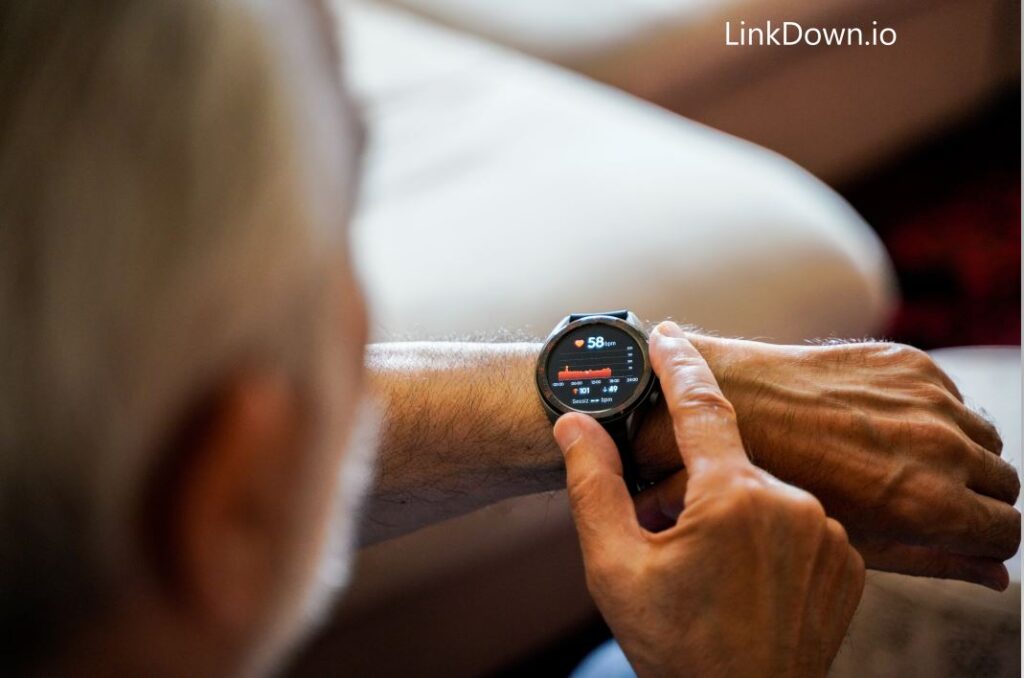The medical device industry is undergoing a major transformation. Google, Amazon and Apple are among the major high-tech companies that have entered the medical device sector. They bring a spirit for innovation and powerful software capabilities into an industry traditionally dominated by hardware.
Medical device manufacturers are investing more in digital health due to the growth of mobile technologies, IoT and expectations that digital healthcare will scale beyond early adopters.
Ernst & Young’s 2018 Report on the Pulse Industry states that only 16 out of 43 therapeutic devices which received FDA premarket approval between January 2017 and the end of June 2018 included a digital component or used data analytics. Medical device companies who fail to invest in R&D in digital health may struggle to stay relevant in a data-driven industry.
What will 2019 bring for medical devices and digital health? Here are some developments to keep an eye on.
Healthcare Data All Ove
- Electronic Medical Records, practice management software, diagnostic imaging and health apps collect oceans of information. Healthcare organizations and medical device makers are only scratching the surface on how to make the most of this data and how to secure it.
Clinical trials are becoming more sophisticated thanks to data. In-silico trials are computer simulations that use virtual subjects based upon human models. These large data sets can be used to develop or evaluate medical devices and drugs. In-silico tests have the benefit of running scenarios thousands of times faster than randomized control trials, providing developers with relevant data and opportunities to identify possible hazards. allows researchers to determine whether a device or a drug will perform under different hypothetical use situations.
Data is also changing the way we provide care in diagnostic imaging. GE Healthcare has developed an app to help clinicians identify the reason for rejected X-Rays, reducing the likelihood of a re-scan.
Researchers also use radiomics to diagnose cancer, predict treatment response, and detect it. University Hospitals Digestive Health Institute and Case Western Reserve University’s Center for Computational Imaging and Personalized Diagnostics. In Cleveland, Ohio are working together to develop a Radiographic Enterographic Treatment Score. Which can help clinicians differentiate between mild and severe Crohn’s Disease. Researchers remove identifying information from standard-of care MRI images and extract radiomic features. Then, they can use machine learning to predict which treatment is most appropriate.
2. The User Experience of Devices will Increase
In the past, manufacturers of medical devices have concentrated on their hardware. They often design it with hospitals or hospital clinicians in mind. A piece of hardware might not be sufficient anymore, with the move towards value-based healthcare and consumer demand.
Patient-centeredness, an outgrowth of the concept of User-Centered Design (UCD) and advocacy from patient communities like #everyoneincluded, will be key for companies that endeavor to build high-quality products for consumers. Medical device manufacturers used to design products with technology capabilities in mind. Many of these end products were complex, unwieldy machines that consumers and healthcare professionals struggled with on a regular basis. As an example, infusion pumps have a past of numeric entry errors that lead to incorrect dosing. These devices are designed to be programmed only by specialists. However, they have often failed to consider the daily use of the device by patients.
Device manufacturers are now focusing on designing products that keep the end-user in mind, thanks to FDA guidance and coordinated efforts by advocates within the industry, healthcare professionals, and patient communities. The designer is responsible if a user cannot use a device correctly. A simple, intuitive design is more likely to increase adoption rates and the likelihood of successful treatment.
A device manufacturer will have an advantage in sales if they can demonstrate that their user-centered product improves recovery times or reduces adverse events. Stryker’s JointCOACH includes not only a joint replacement but also a user-centered education and engagement platform. Patients can communicate with their healthcare team through the platform from before surgery to up to 90-days after discharge. The platform provides information on pre-operative preparations, medications, and recovery to ensure a successful procedure.
3. Sensors inside and out
Sensors of all sizes and shapes are used in the latest digital health technologies:
pressure sensors, optical and chemical sensors, biosensors and more. These sensors are used by developers in products that can be worn or ingested.
The Ernst & Young Report states that “Sensors on devices or within the human body can link data collection with powerful algorithms. This will transform current practices and lead us to a new paradigm in individualized care.”
Researchers from Massachusetts Institute of Technology (MIT), Draper and the Brigham and Women’s Hospital created a capsule, which is designed to remain in the stomach up to a month. The capsule will measure blood pressure and then deliver medication according to the readings. Researchers have produced proof-of concept data on pigs, and are now preparing to test the capsule in humans.
Empatica in Massachusetts has developed Embrace, the first FDA-cleared intelligent band used to predict epilepsy seizures. The device monitors sympathetic nerve system activity, and uses machine-learning to predict abnormal patterns that could be associated with epilepsy.
Machine learning will be used to make use of data generated by these sensors. Wearables with sensors have been popular for several years.
4. Precision Health is the Future of Care
Precision health is the term used to describe healthcare providers who are equipped with tools to help them access data that an individual user may choose to share or that a device might generate. They will then be able provide tailored, personalized care to each patient. Precision health uses a person’s genetic makeup, environment, and available health data in order to predict disease risk, diagnose diseases, and provide targeted treatment.
Diabetes devices are keeping up with digital health trends
Since the beginning of diabetes devices, the end users have been people with diabetes and their doctors. However, this has not always been reflected by the design. Diabetes device manufacturers will be better positioned to deliver user-centered, effective care as they invest in artificial intelligence, machine learning, IoT and other technologies. Our focus remains the same.
Many healthcare IT giants we have invested in digital health trends from the beginning with the aim of making life easier for people with insulin-dependent diabetes and allowing them to live their lives as they wish. They are working on devices that can leverage data to streamline care for those with insulin-requiring diabetics, their providers and insurers. However, they do not want data to be the focus of their end users. In their opinion, we are all people who have been affected by insulin-required diabetes. Every element of the design we create is geared towards improving the care experience for diabetes.
They know that managing insulin-requiring diabetics is a complicated process. And they are working to simplify it – both for ourselves and our loved ones as well as for the larger community of diabetes sufferers.




